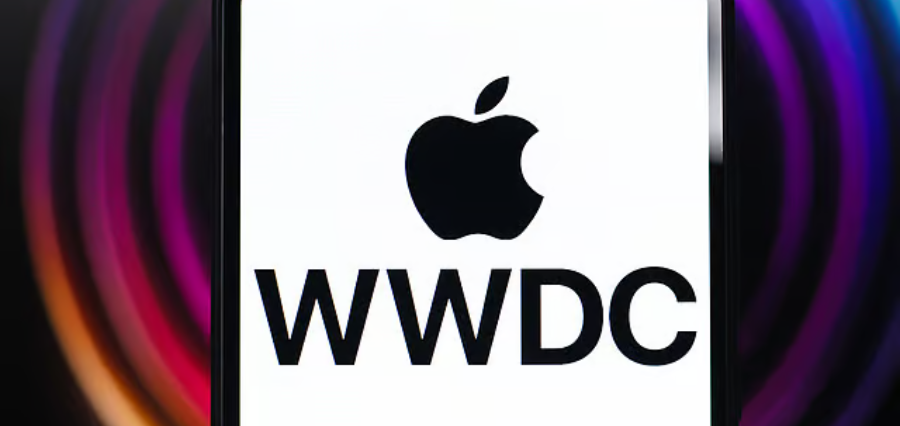Prime Highlights:
- Apple will begin naming its operating systems year-based from 2026, abandoning traditional version numbers.
- The change will be implemented across iOS, iPadOS, macOS, watchOS, tvOS, and visionOS to unify branding.
Key Facts:
- The future iOS update, expected in 2026, will not be iOS 19 but iOS 26.
- Other Apple operating systems will follow the same annual naming pattern.
- The rebranding is a move toward creating stable branding across Apple’s software platforms.
Key Background:
Apple is preparing for a major change in how it identifies its software versions. During the Worldwide Developers Conference (WWDC) in June 2025, Apple will reportedly make a declaration that its future operating system iterations will be titled according to the year of release rather than by sequential version number. For instance, the update scheduled for 2026 will be iOS 26 instead of iOS 19, marking a move towards a less complex and more conventional naming convention.
This new convention will not only be applicable to iOS but also iPadOS, macOS, watchOS, tvOS, and the just-released visionOS used in Apple’s Vision Pro headset. The aim is to bring consistency to the naming conventions across all Apple platforms to make it simpler for users who already have different version numbers to make sense of.
Alongside this revolution of naming, Apple is most likely to introduce major design updates under the name “Solarium.” Design updates will take significant inspiration from visionOS, with a fresh, more cohesive appearance on all devices, including new icons, menus, and interface components.
WWDC 2025 will go online from June 9 through June 13, featuring a one-day special in-person event on the first day at Apple Park. The event will be a chance for the developers to get their hands on the new software updates and learn about Apple’s new innovations.
The shift into year-based naming is typical of other industries like automobiles, which utilize model years to refer to updates. For Apple, it is a strategic step to sort out its software space into a less complicated one through the release year, as well as to signal design continuity across its increasing number of products.
Read Also : Omron and Cognizant Partner to Drive Digital Innovation in Manufacturing








